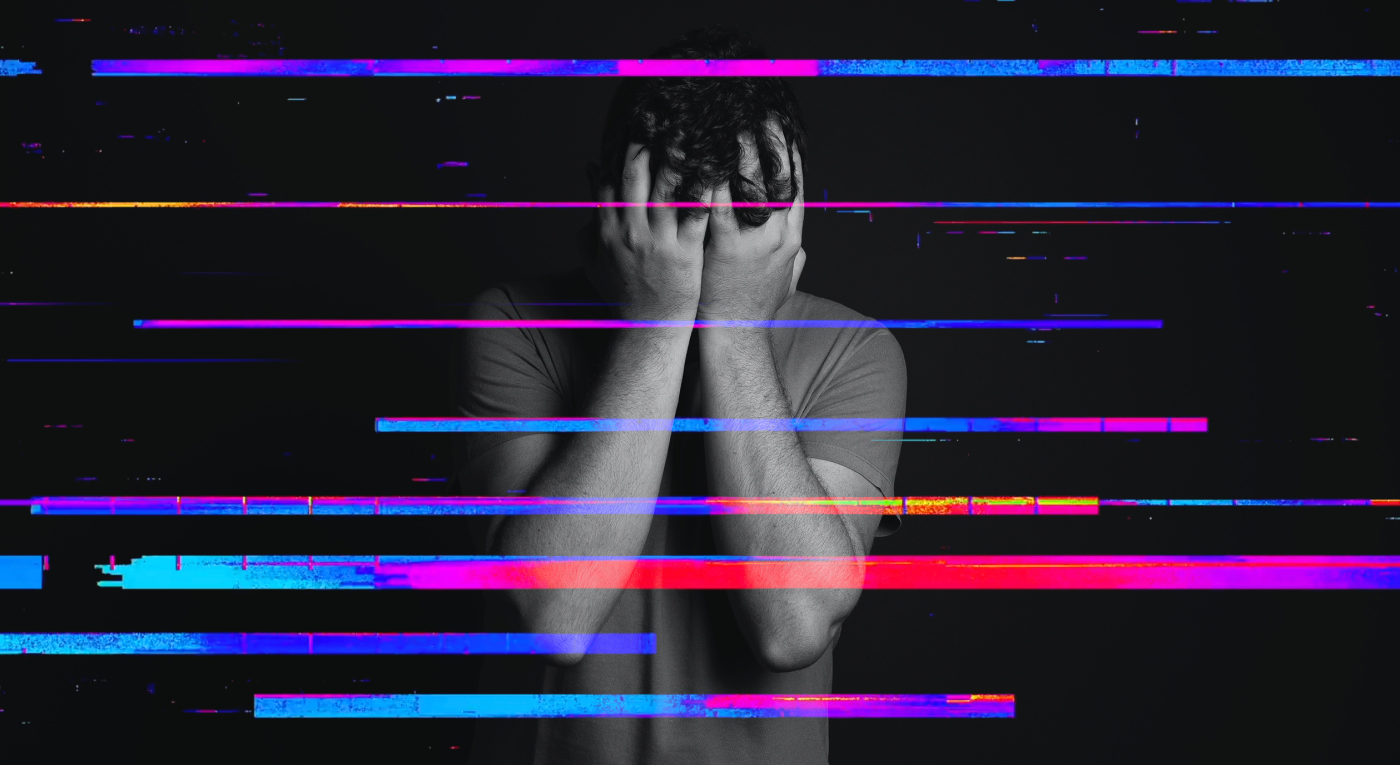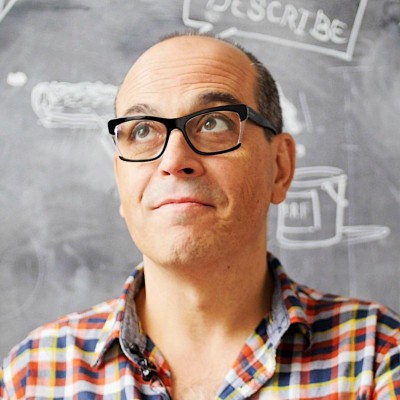Anton and I have been communicating for a few days now. From the comfort of my office chair in Amsterdam, I try to imagine how he feels, alone in a fragile room, while his city of Irpin is being shelled.
Anton is a UX designer living with bipolar disorder, trying to cope as everything around him shatters. He is resilient, and tells me that not much has changed for him, but I also know that he can’t get his meds, he needs sleep, and he is lonely. It’s been challenging for Anton to focus on things after a freelance project he’d been working on fell apart due to the war. All around him, things are getting worse, yet he goes on breathing, waiting, in a city that’s trying to evade Russia’s grasp.
With 30% of Irpin under Russian control, the city’s mayor, Oleksandar Markushyn, has plans to liberate the city, confirming that many residents have no intention of leaving: “Around 10,000 people, but I think less, are now staying in Irpin as they don’t want to leave our city.” Last week, American journalist and documentarian Brent Renaud was shot dead here. Days ago, Tatiana Perebeinis, the chief accountant of a Palo Alto startup was gunned down by Russian forces along with her children as they tried to flee the area. The horror is everywhere.
Not many grocery stores are open. Those that are have long lines with waits of three hours or longer, and they will soon be empty. Hygiene products are practically nonexistent, cereal shelves are empty, and alcohol is forbidden. The pharmacy is open, but medicine is scarce. Electricity still runs through the neighborhood, but the barrage of explosions and non-stop sirens are getting closer as the vibrations get stronger. The glass vibrates with the noise and impact but somehow remains intact.
The forest nearby is being mined, and many civilians are learning to use guns in the streets. Alongside the roads, the army has brought concrete blocks to build posts. On every corner, there are anti-tank hedgehogs—configurations of I-beam scraps that look like giant children’s jacks. The noises rise among the buildings, echoing the fear and desperation of the many young ones and mothers trapped here.
Anton is trying to keep his mind clean and remain optimistic about the future by resisting the urge to vent on social media. He has a clarity I wasn’t aware humans could achieve. Indeed, Anton is a special person, alongside a million others. Some fight, some flee, some stay. Anton is trapped in his tender hell. I am in my quiet attic, drying my tears on my shirtsleeves and wanting to drive there to rescue him—wanting to take his place in the midst of this senseless war. We have to help Ukraine. We have to fight for their freedom—for Anton’s freedom, and our own.
Join Guido in helping practitioners like Anton by joining Designers United for Ukraine. We’ve also put together a list of other ways you can provide assistance to the people of Ukraine throughout this ongoing conflict.








